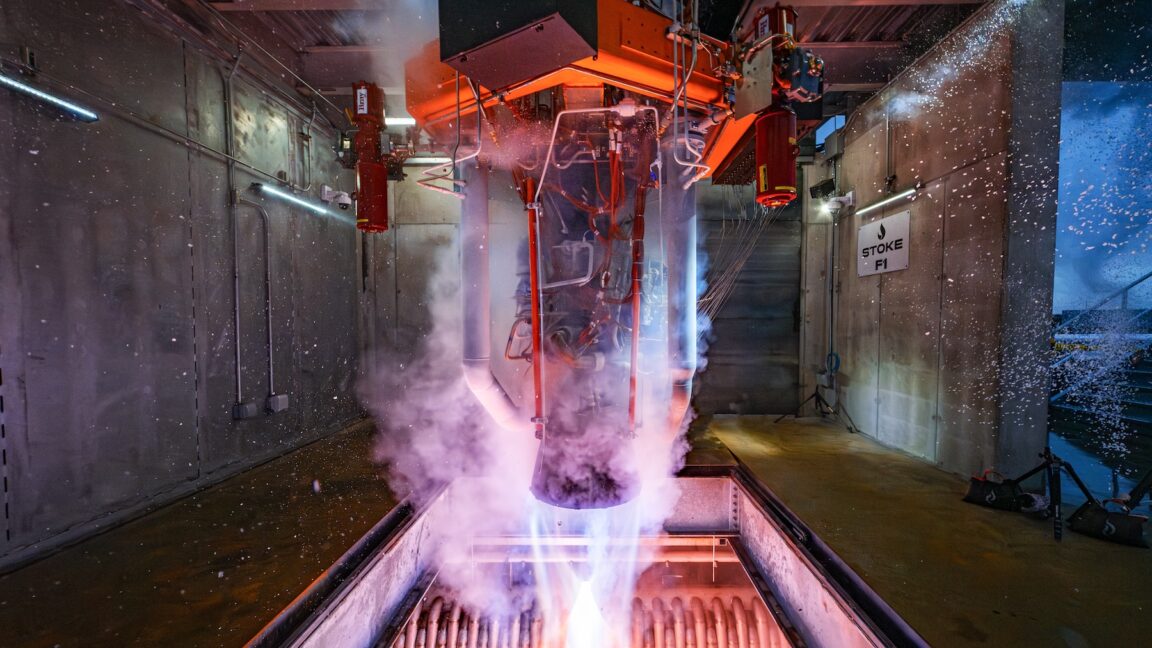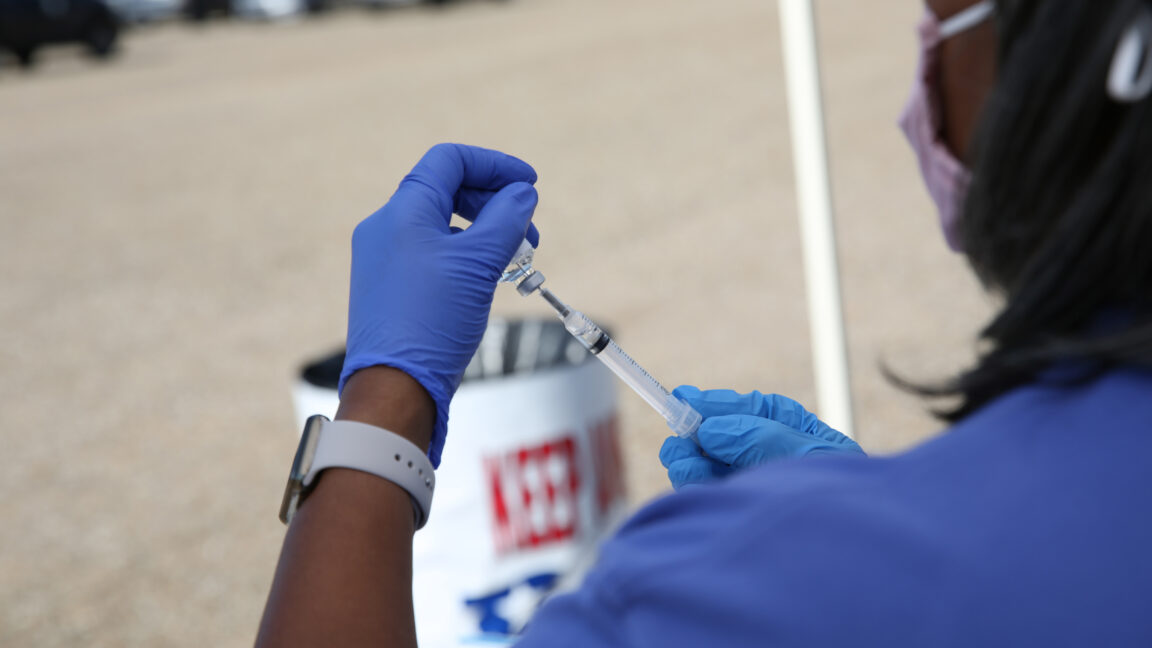Guest Opinion: Digging a Pathway to Net Zero Concrete
Strong, durable, low maintenance and highly resistant to both fire and water, concrete’s many practical attributes have made it the world’s most popular construction material. An estimated 30 billion tons are produced globally each year to construct roads, bridges, buildings, dams and other critical infrastructure.
Nonetheless, concrete’s ubiquity comes with significant environmental consequences. An estimated eight percent of all man-made CO2 emissions are caused by the manufacture of portland cement — a principal constituent of virtually all concrete mixes.
Cement Manufacturing: A Major CO2 Culprit
Cement is manufactured by grinding limestone and heating it, along with shale or clay, in a kiln to a temperature of up to 3,000 degrees Fahrenheit. During this process, CO2 is released from the fossil fuels used to heat the kiln, as well as from gases released by the limestone itself as calcination takes place during heating.
Manufacturing one ton of cement produces approximately 0.8 to 0.9 tons of CO2 emissions. By contrast, substituting that ton of cement with fly ash to produce concrete avoids virtually all of those cement-related CO2 emissions — approximately 0.8 tons.

A byproduct of coal-fueled power plants, fly ash has been used in substitution of portland cement for three-quarters of a century in the United States. First specified on a wide scale in the 1949 construction of Montana’s Hungry Horse Dam as a cost-saving measure, fly ash also proved to be highly effective at reducing the concrete’s heat of hydration (helping to prevent thermal cracking during curing); improving the finished concrete’s density, strength and durability; and boosting its resistance to water and chemicals. Ready mixed concrete producers, then as now, also valued fly ash for its ability to improve the workability and pumpability of fresh concrete.

quality than current-generation ash across a range of
performance criteria.
In the 75 years since, concrete producers have beneficially used hundreds of millions of tons of fly ash to capture these same cost savings and performance enhancements. The unused fly ash produced by coal plants over this period — estimated at approximately two billion tons — has been stored in landfills and surface impoundments.
A Vast, Untapped Resource
As the retirement of coal plants continues apace today in the United States, and the availability of fresh fly ash decreases, these landfills and impoundments stand as a vast resource that concrete producers can utilize as fly ash supply for decades into the future. Recognizing this, the U.S. materials industry has worked to develop consensus standards to encourage responsible “harvesting” of previously disposed ash. After years of consultation among industry stakeholders, ASTM C618, Standard Specification for Coal Ash and Raw or Calcined Natural Pozzolan for Use in Concrete, now acknowledges that fly ash may come from a harvesting site rather than directly from the power plant, subject to processing to ensure its concrete-grade quality.
Already there are more than a dozen harvesting sites planned or in operation in the United States, which, according to the American Coal Ash Association, added over four million tons of concrete-grade fly ash to the market in 2022, the last year for which data are available. That volume is equal to 8.7 percent of the total ash recycled from current power plant operations.

produce 2 million tons of fly ash over the project’s life.
Beyond its value in decarbonizing concrete, the availability of harvested ash — particularly as this practice becomes more widespread — will inevitably mean that ash marketers and their customers are less constrained by supply uncertainty related to whether or not coal-fueled power plants are operating and producing fresh ash. Reliability of supply, combined with the quality of product that the beneficiation of harvested ash guarantees, are both critical to ensuring that project developers specify fly ash for use in concrete.
Eco Material Harvesting Projects
For these reasons, my company, Eco Material Technologies has made identifying and developing suitable harvesting sites throughout the U.S. a central part of its business plan and has a number of major projects in the pipeline, including the following:
- Harvesting and beneficiation of more than 100,000 tons of fly ash annually has been underway since 2019 at an Eco site in Pennsylvania, which has the capacity to produce 2 million tons of fly ash over the project’s life. More than 1.5 million tons of CO2-equivalent emissions are ultimately expected to be avoided through the use of this material in concrete production. Among other projects, harvested ash from the Montour landfill has been used to build and refurbish concrete elements of the Lake Williams Dam, near York, Pennsylvania.
- Operations now underway at two harvesting sites in the Southeast are expected to produce approximately 1.2 million tons of ash annually from landfills and surface impoundments once they are fully operational. Over the lifetime of these projects, approximately 17 million tons of ash will be harvested for use in construction projects throughout the region that will prevent up to 15 million tons of CO2-equivalent emissions from entering the atmosphere.
- With recent revisions to the ASTM C618 standard specifying that bottom ash is suitable for use in concrete, subject to certain conditions, Eco Material is commencing bottom ash harvesting and grinding at a site in Texas to increase available concrete-grade blended ash supplies in the region. The plant has been sized with future upside capacity that will allow it to produce up to 700,000 tons per year if needed.
- Eco Material has entered into a partnership to beneficiate and market up to 150,000 tons of harvested ash annually from a Gulf Coast site. The deposit has nearly 3.5 million tons of fly ash available, making this a long-term partnership between the parties.
- At a separate Gulf Coast site, Eco has reached an agreement to beneficiate and market previously disposed fly ash that will generate approximately an additional 600,000 tons of sustainable material per year when it is fully up and running. Operations are expected to begin in early 2026.
- Eco Material is partnering to build new bottom ash and gypsum beneficiation and harvesting plants in the Upper Midwest that will provide an additional 400,000 tons annually of supplementary cementitious material over the next 25 years to service rapidly growing markets in the region.
There is no “silver bullet” to decarbonizing the concrete sector; industry must invest in a range of materials and technologies to be able to achieve net-zero emissions. Given the urgency of the issue, however, ash harvesting offers a proven solution that can make impactful reductions to concrete’s carbon intensity now — rather than in the distant future.
About the Author
Grant Quasha is Chairman and Chief Executive Officer of Eco Material Technologies, the leading producer and supplier of sustainable cement alternatives in North America. Eco’s proprietary Green Cement technology utilizes fly ash and other pozzolanic materials to produce innovative, near-zero-carbon products as sustainable substitutes for portland cement in concrete. Listen to Grant’s conversation on Sustainability in Your Ear for more on the road to low-carbon infrastructure.









